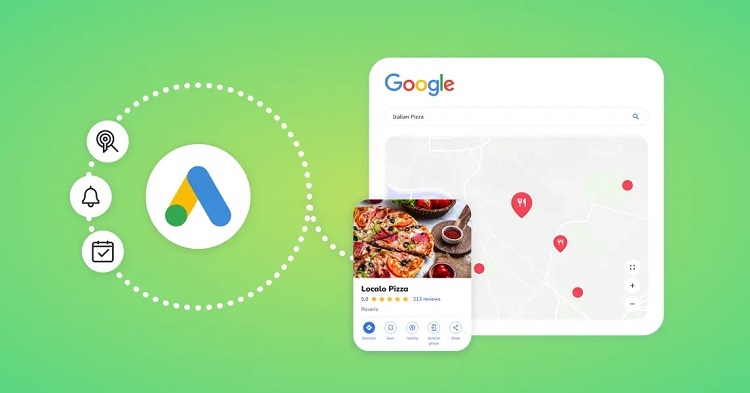Every Google Ads Campaign Type Explained
In this post, we’ll break down the different types of Google Ads campaigns, explaining their pros and cons so you can make informed decisions about your advertising strategy. Let’s take a closer look at the world of Google Ads!
Table of Contents
Google Ads Campaign Types
1. Responsive Search Ads
Responsive Search Ads are one of the most flexible ad formats available in Google Ads. Google uses machine learning to automatically rotate up to 15 headlines and four descriptions to create personalized ads based on user queries. This helps improve ad relevance and performance, as Google identifies the best combination for each search.
Pros: These ads are highly versatile and can adapt to a wide range of search queries, which means more visibility for your business. They also save time since you don’t have to manually create multiple ads.
Cons: Because Google controls which headlines and descriptions are shown, you might not always have complete control over the final ad that appears.
2. Call Ads
Designed to drive phone calls directly to your business, Call Ads focus on promoting your business name, phone number, and two short lines of text. These ads are perfect for businesses that rely heavily on phone interactions, like service-based companies or local businesses in St. Pete, FL.
Pros: By prioritizing phone calls, Call Ads make it easy for customers to get in touch with your business instantly.
Cons: These ads might not work as well for businesses that are not primarily focused on phone-based interactions or are seeking other conversion types like form submissions.
3. Dynamic Search Ads
Dynamic Search Ads are ideal for businesses with well-developed websites but limited time to manage detailed ad campaigns. Rather than bidding on specific keywords, Google dynamically matches your ad content with relevant searches based on the content of your site.
Pros: These ads reduce the need for keyword research and allow for automatic matching with relevant user queries. They’re great for businesses looking to expand reach without much manual effort.
Cons: Since these ads rely heavily on your website’s content, they may not be suitable for businesses with less optimized or incomplete sites.
4. Performance Max
Performance Max is a newer campaign type that consolidates various ad formats and placements across Google’s network into one campaign. This includes Google Search, YouTube, Gmail, Google Maps, and Display. The goal-based approach uses machine learning to deliver ads to the right users at the right time, optimizing for conversions.
Pros: Performance Max takes a lot of the guesswork out of campaign management, as Google handles much of the optimization. It’s ideal for businesses looking for an all-in-one solution.
Cons: As with other automated campaigns, you’re handing over a lot of control to Google, which may not align with businesses that prefer a more hands-on approach.
5. Standard Shopping Ads
Standard Shopping Ads display visually rich ads in search results, pulling from your product feed in Google Merchant Center. These ads show product details like image, price, and description, making them ideal for eCommerce businesses.
Pros: Shopping Ads are highly effective for showcasing products in a visually appealing way directly in search results. They don’t require keyword bidding, which simplifies management.
Cons: These ads are best suited for businesses that sell physical products, so they won’t work for service-based industries.
This post was written by Kristian D’An, the owner and SEO Specialist at Lux Digital Marketing, a Pinellas County web design company. With over seven years of experience in website optimization, Kristian has helped clients secure the #1 spot on Google across various industries.

